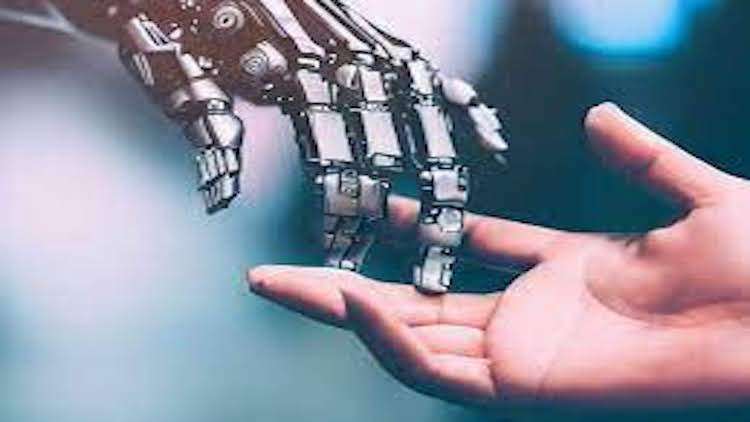
Learn how to build and deploy deep learning models
What you will learn
Build your own Neural Network from Scratch with R!
Use MXNet for Image Classification with Convolutional Neural Networks with R!
Learn how to achieve world-class accuracy in the prediction of Breast Cancer by applying Neural Nets with R!
Learn how to use IBM’s Deep learning framework
Understand the mathematics behind deep learning
Description
Deep learning is a method in artificial intelligence (AI) that teaches computers to process data in a way that is inspired by the human brain. Deep learning models can recognise complex patterns in pictures, text, sounds, and other data to produce accurate insights and predictions.
Deep learning is part of a broader family of machine learning methods, which is based on artificial neural networks with representation learning. The adjective “deep” in deep learning refers to the use of multiple layers in the network. Methods used can be either supervised, semi-supervised or unsupervised
Deep-learning architectures such as deep neural networks, deep belief networks, deep reinforcement learning, recurrent neural networks, convolutional neural networks and transformers have been applied to fields including computer vision, speech recognition, natural language processing, machine translation, bioinformatics, drug design, medical image analysis, climate science, material inspection and board game programs, where they have produced results comparable to and in some cases surpassing human expert performance
In simple terms, Deep learning is a class of machine learning algorithms that uses multiple layers to progressively extract higher-level features from the raw input.
For example, in image processing, lower layers may identify edges, while higher layers may identify the concepts relevant to a human such as digits or letters or faces.
From another angle to view deep learning, deep learning refers to ‘computer-simulate’ or ‘automate’ human learning processes from a source (e.g., an image of dogs) to a learned object (dogs).
Therefore, a notion coined as “deeper” learning or “deepest” learning [9] makes sense. The deepest learning refers to the fully automatic learning from a source to a final learned object.
A deeper learning thus refers to a mixed learning process: a human learning process from a source to a learned semi-object, followed by a computer learning process from the human learned semi-object to a final learned object.
In this course, you will learn how to build and deploy your own deep learning models using Rstudio
Content